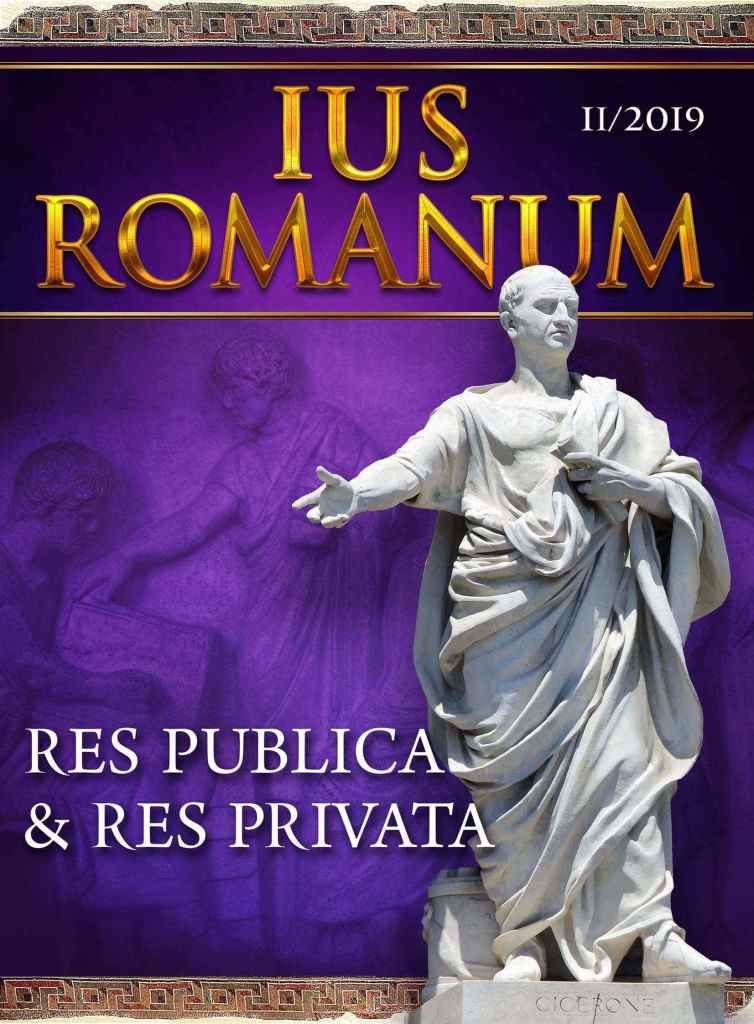ADULTERY IN ANCIENT ROMAN AND GREEK LAW
ADULTERY IN ANCIENT ROMAN AND GREEK LAW
Author(s): Sanja M. GligićSubject(s): Law, Constitution, Jurisprudence, Criminal Law, Civil Law, EU-Legislation
Published by: Софийски университет »Св. Климент Охридски«
Keywords: adultery; permitted homicide; punishment; divorce; women
Summary/Abstract: Athenian law and classical Roman law defined adultery as a sexual violation of the marital relation. Those legal systems permitted the husband to subject the adulterer taken in the act to certain summary procedures. Adulterim in Roman law was a part of Augustus’ Lex Iulia de aduleriis coercendis and it was commonly referred to as the law on restraining adulteries. On the other hand moicheia was the part of the first Athenian homicide law enacted by Draco and it gave permission to kill with impunity an adulterer. The most important difference is seen in the position of the woman. In both legal systems a married woman was guilty of adultery if she had sexual relations with any man other than her husband, but in Rome a man only if the woman was married, and his own marital status was irrelevant. His wife could always divorce him and his unfaithfulness would give her grounds for recovering the dowry promptly; but unless she was feeling particularly vindictive or he was being difficult about returning the dowry, there would not perhaps seem to be much point in prosecuting him as well. Athenian could always prosecute his unfaithful wife. A wife could not prosecute her husband, since in the eyes of the law he had committed no offence against their marriage. Following analysis will discus why this should be the case and will relate the context of adultery to more general problems concerning women, the family and sexuality.
Journal: IUS ROMANUM
- Issue Year: 2019
- Issue No: 2
- Page Range: 739-751
- Page Count: 13
- Language: English

